By Chris Benson
Junior Majoring in Plant Biology
Having heard about the benefits of interning, I started working with Harvey Ballard (Associate Professor in Plant Biology), in the fall of 2014 to find an internship that would meet my goals.
We found a great opportunity at the United States Department of Agriculture’s ornamental research lab in Washington, DC. At the time of my application, I could not imagine the extent of knowledge and experience that I would gain. In preparation, I began working at the Ballard Lab here at Ohio University. This prepared me with the basic background experience that I would need to take full advantage of the USDA 10-week summer internship. One of the things that pleased me most about my internship was that I felt like it was “my” project. My supervisors and co-workers at the USDA provided me with the support and tools I needed to be successful, but it was up to me to drive the effort. Having the prior experience at the Ballard Lab enabled this degree of independence.
My research at the USDA was focused on an ornamental plant called Corylopsis. Corylopsis is an Asian shrub that is cherished for its bright yellow early spring flowers. The confusing thing about Corylopsis is that the morphologic characteristics between species are so minuscule that it is hard to differentiate species. Little genetic research has been done in the past with Corylopsis.
Understanding relationships among species has huge benefits. For example, in the case of a blight, this kind of knowledge can influence breeding decisions that may introduce resistance, or it could influence which individuals should be collected in order to preserve the maximum genetic diversity.
I started my research by extracting the DNA of 115 accessions (an accession is any specific plant) of Corylopsis. Once the DNA had been extracted, molecular markers, commonly referred to as primers, were developed. To develop the primers, the whole genomic DNA of 1 accession of Corylopsis was sent to the genome facilities at Ohio State University to be sequenced. Using primer development software, markers that isolated regions in the DNA called micro-satellites (SSRs) were selected. SSRs are highly variable among species and can be used in making comparisons between species.
Of the 307 high quality primers, 30 were selected to begin the study. The primers were tested to see if they would produce an amplified product that was specific enough for use in the study. This was done using gradient Polymerase Chain Reaction (PCR) which not only indicates whether or not a primer can be used, but also at what annealing temperature it works best. Twelve primers were found suitable, and an annealing temperature was selected for each. Once the primers were developed and tested, they were ran against all 115 accessions of my original extractions. This process requires that PCR is done on all of the accessions using the primer of interest. Three of the primers were ran against all of the accessions, and using the ABI3730 DNA fragment analyzer, the locations of individual alleles were analyzed for each accession. Using phylogenetic relationship software, a preliminary dendrogram was produced that shows the relationships between each of the species of Corylopsis.
This research is valuable to the USDA because they can use the molecular markers and protocols that were developed for future studies with Corylopsis, and it aids in taxonomic understanding of this confusing genus.
In addition to my research, I also attended a variety of tours with arboretum staff and other interns. We learned about the horticultural planning that goes into keeping the nation’s capital beautiful as well as the maintenance required in operating a botanical garden.
Besides everything I learned bout plant biology, being so far away from home taught me many things about myself. For example, I learned that food doesn’t taste as good when I have to cook it myself! This experience gave me an opportunity to see what life will be like after college when I’m working forty hours a week and coming home to a place where the walls aren’t shaking from my roommate’s stereo system. Although I had a great time in DC, I’m not quite ready to leave college and enter “the real world”. I have many things left to learn at Ohio University, and besides, I can’t say I’ve had my fill of loud music just yet!


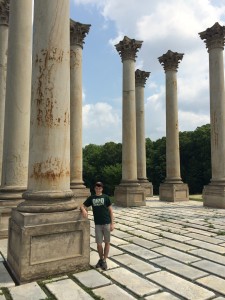
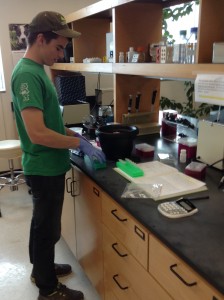
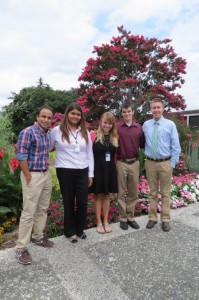


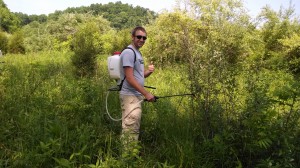
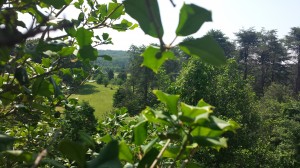













Comments